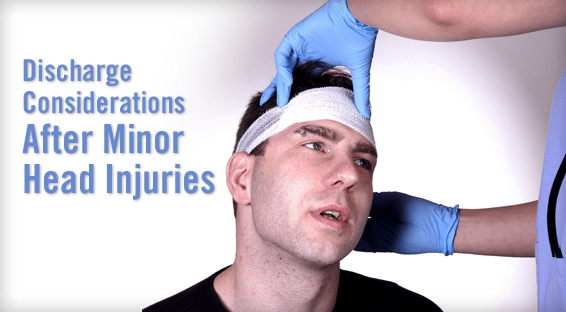In elderly patients suffering a fall, long-term anticoagulation has been shown to increase the incidence of intracranial hemorrhage (ICH) and mortality. Patients who receive treatment with anticoagulants have a higher risk for bleeding and can sometimes have serious outcomes after experiencing even relatively minor head injuries.
Given the increasing number of elderly patients seen in EDs and the increase in concomitant anticoagulant use, the clinical dilemmas surrounding these patients have become more relevant. Several clinical decision rules have been created to help determine which head injury patients require a head CT scan, but these rules do not apply to anticoagulated patients. “There is some controversy surrounding the utility of head CT in allowing safe discharge dispositions for anticoagulated patients who suffer minor head injuries,” says Samuel M. Keim, MD, MS. Questions remain about whether or not a period of observation or routine serial CT scanning is warranted for these patients.
A Closer Look
In the Journal of Emergency Medicine, Dr. Keim and colleagues published a critical appraisal study that examined the risks of delayed ICH in anticoagulated patients with minor head injury and a normal initial head CT scan. The researchers reviewed four observational studies that investigated the outcomes of anticoagulated patients who presented to EDs after minor head injuries. In these observational studies, most patients who had a delayed ICH required no neurosurgical intervention and had no adverse outcome documented. The overall incidence of death or neurosurgical intervention ranged from 0% to 1.1% among the patients investigated. However, the studies did not clarify which patients were at highest risk.
“Overall, the literature varied greatly but doesn’t support the notion of routinely observing patients in the hospital for 24 hours or doing repeated cranial CT scans in all anticoagulated patients after minor head injuries,” says Dr. Keim. “That said, it’s important to recognize that this approach may be warranted for patients who are at higher risk of delayed bleeding.”
More Research Warranted
Dr. Keim says more studies are needed to identify patients at higher risk for delayed bleeding to determine the most appropriate management strategy. “The studies we evaluated were predominantly conducted in geriatric patients who had suffered a standing-level fall,” he says. “This isn’t a homogenous population, meaning a blanket approach is unlikely to work. Future research needs to adjust for confounding variables.” In addition, he says the growing market of alternative anticoagulants will also impact future research. Further studies on the risk of delayed ICH are necessary to determine the best management strategies for patients on these newer medications.




 TimH
TimH